You could be forgiven for assuming that the citizens of Paris weren’t exactly bursting with joy at the prospect of this summer’s Olympic Games. They’re annoyed at everything: road closures, public transport price hikes and — would you believe it? — the prospect of their country being taken over by extremist cranks before the month is out. Bref, or indifference towards the Games is the prevailing attitude — and should you need (flimsy, anecdotal) evidence, I offer you the fact that when I visited an exhibition devoted to the Olympics the day before the first round of voting in the election last week, I had the space entirely to myself.
Beyond a single wall down by the Seine, you won’t see the artist posters displayed much around Paris
It was a shame. Olympisme: une histoire du monde at the Palais de la Porte Dorée, an exemplary art deco exhibition hall formerly known as Le Palais des Colonies, is a show that deserves a crowd. Charting the history of the Games, iteration by iteration, and broken up into neat chronological chunks, it is a multimedia spectacular incorporating wall-filling film projections (of Jesse Owens’s triumphant, raised middle-finger of a victory in Berlin in 1936; and rather less necessarily, of Midnight Oil’s gig at the closing of Sydney 2000), team kits, memorabilia (a very Jeff Koons-esque silver Coke bottle from Atlanta 1996), posters, photos and archival material. From the moment you enter, it’s clear that this is no exercise in hagiography. Big, skeptical phrases leap from the ably translated wall texts: “ethical dilemmas;” “hyped-up media coverage;” “public distrust.” The green agenda of the Olympics is lambasted as “incompatible” with the nature of the event, the political dimension magnified. We learn that the first Olympics, in 1896, was a minor affair, but a textbook deployment of soft power on the part of George I of Greece; that Montreal, attempting something similar in 1976, botched it heroically, lavishing CA$1.65 billion on proceedings and almost bankrupting itself in the process; that the derelict London of 1948 couldn’t offer much in terms of comfort, but made up for it in terms of BBC camera crews.
You’re bombarded with gold-standard facts. Did you know Helsinki was all set to host the 1940 Olympics until Stalin decided he needed even more icy, inhospitable territory? That the two Germanies competed together from 1956 to 1968, and that Munich 1972 — as witnessed by some lovely posters on display here — was the best Olympics in terms of graphic design? Or that Abebe Bikila, one of Haile Selassie’s bodyguards, turned up to the 1960 Games with feet too blistered to wear running shoes — but still won the marathon? (That this one was held in Rome must have made his victory all the sweeter.)
To be sure, some may find Olympisme a jar of red herrings: it isn’t an exhibition about the Olympics, or about sport at all. Indeed, you get the sense that the curators couldn’t care less about their given subject, and instead use it as a lens through which to revisit the long twentieth century. In short, it is exactly my kind of show. One very minor complaint is that it ignores the fact that some of the greatest artists of the era were dragged in to design posters for the events. To see the results, schlep up to the top floor of the Gagosian gallery at rue de Ponthieu. Opening with a delightfully homespun, hypnotically repetitive sketch for Seoul 1988 by Nam Jun Paik, it then whacks the viewer over the head with designs by the likes of Robert Rauschenberg, David Hockney, Andy Warhol, Tracey Emin and Roy Lichtenstein.
It’s a small show, but a ravishing one. Warhol’s impression of a figure skater, made for the 1984 Sarajevo Winter Olympics, seemingly leaps from the paper, leaving the diagonal wedges of acidic color in the background far behind. Rachel Whiteread, commissioned for London 2012, might be my favorite, creating an irregularly recurring motif of incomplete circles in the colors of the Olympic rings. Not that you’d seize on that: the poster looks for all the world like a white coffee table the morning after a haywire drinks do, marked by the bases of several dozen wine glasses.
What we don’t see are the artist posters for Paris 2024. There’s no chance you’ll have heard of their creators — I hadn’t — but as it goes, they’re not bad. I particularly like Gilles Elie’s constructivist-tinged efforts, which use formal simplicity and Barney Bubbles geometry to evoke a ping-pong rhythm, and Adam Braly Janes’s works, which nod back to Hockney, Rauschenberg, Lichtenstein, plus Ancient Greek figurative sculpture, while still seeming vital rather than reverential.
Nevertheless, beyond a single wall down by the Seine — itself nowhere near clean enough for swimming — you won’t see them displayed much around Paris. And for the sake of their creators, given the public mood, that may well turn out to be for the best.
This article was originally published in The Spectator’s UK magazine. Subscribe to the World edition here.



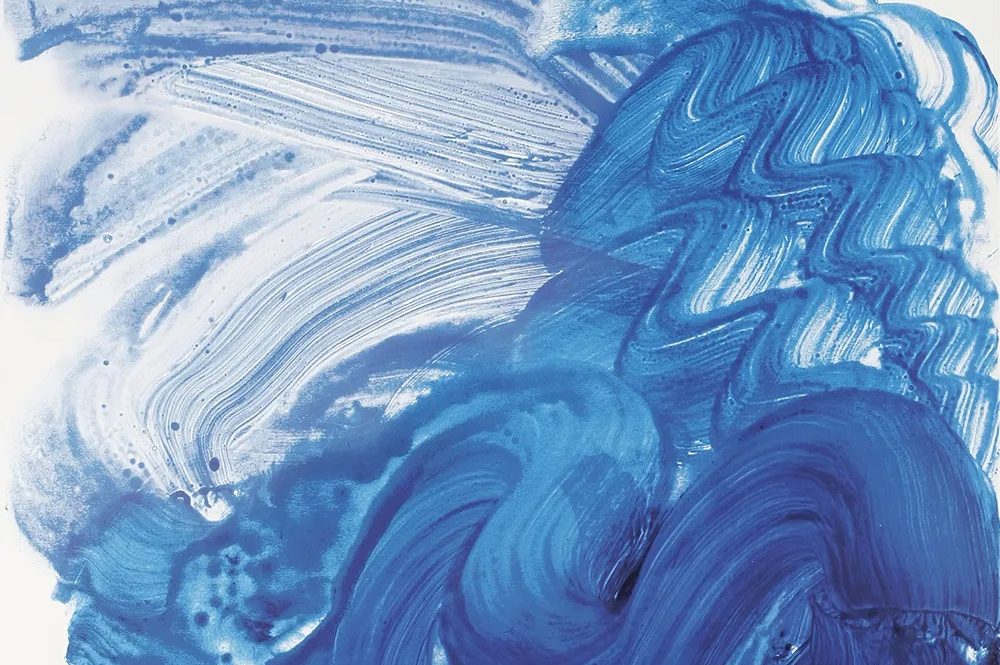






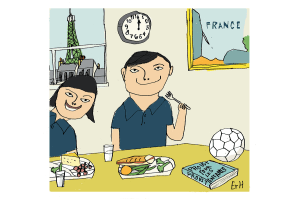

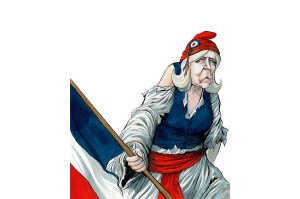
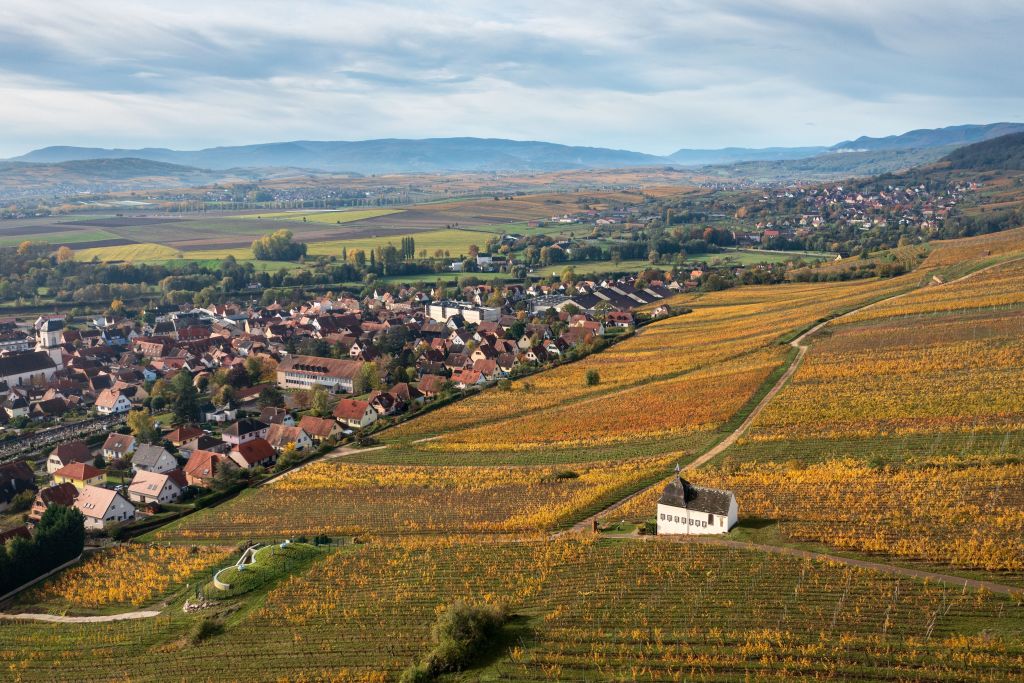
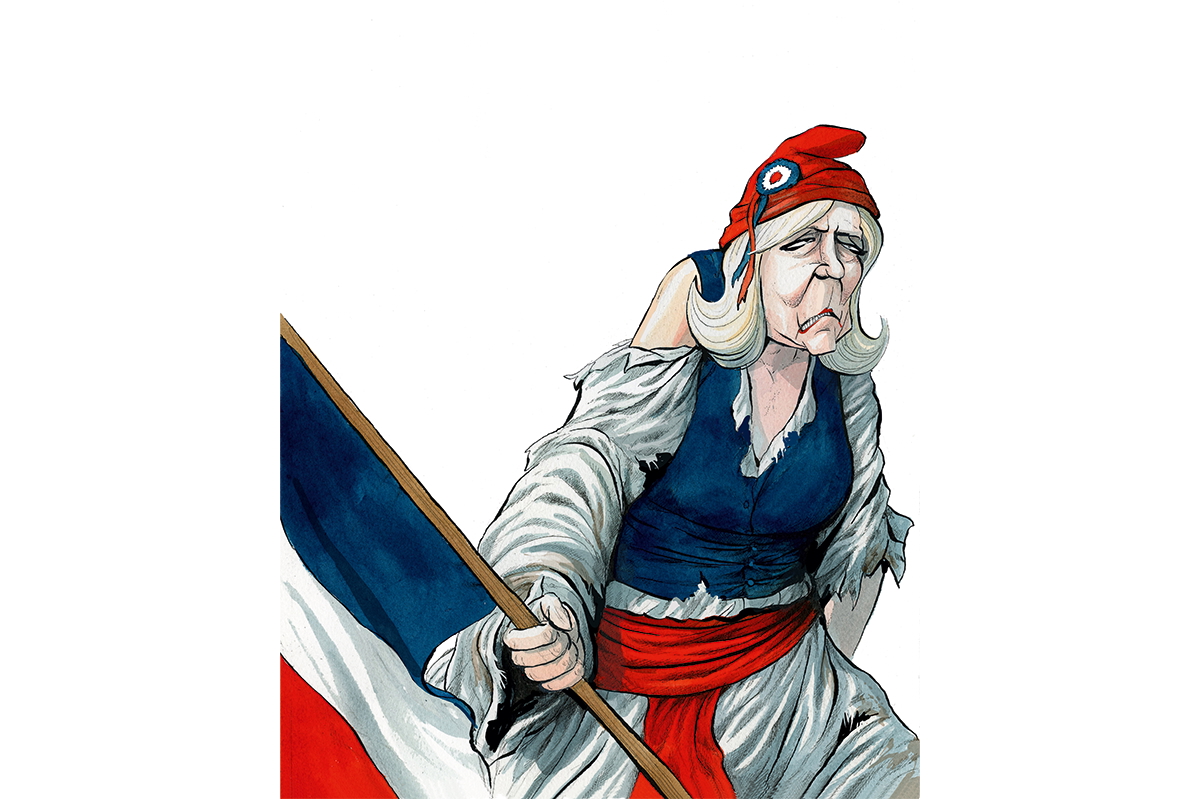
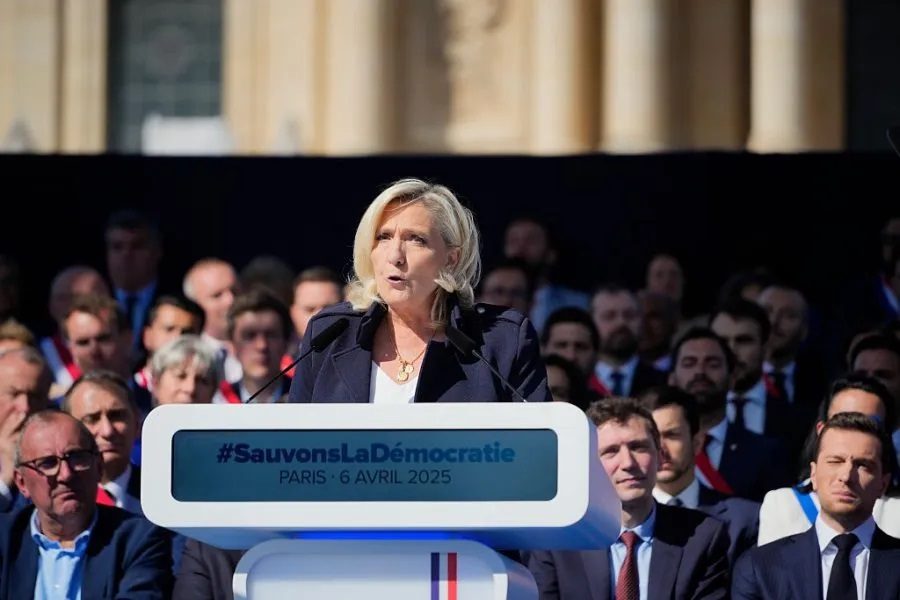

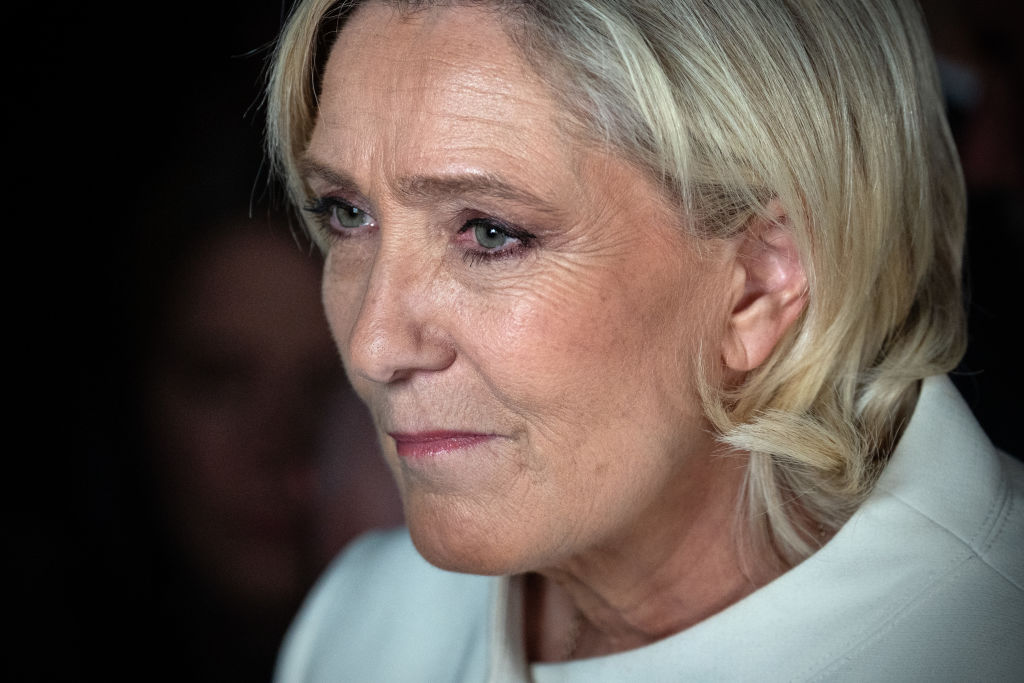








Leave a Reply